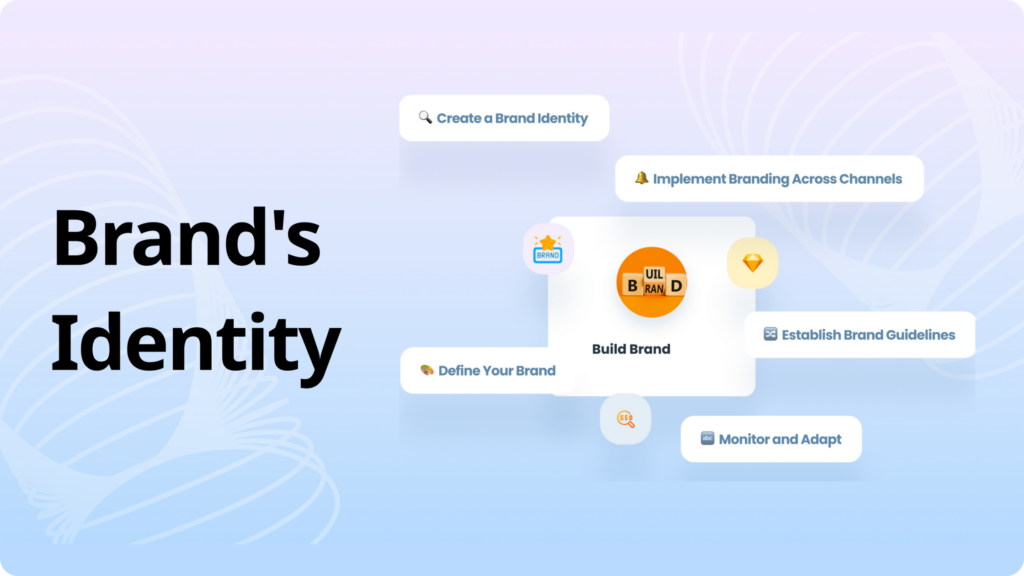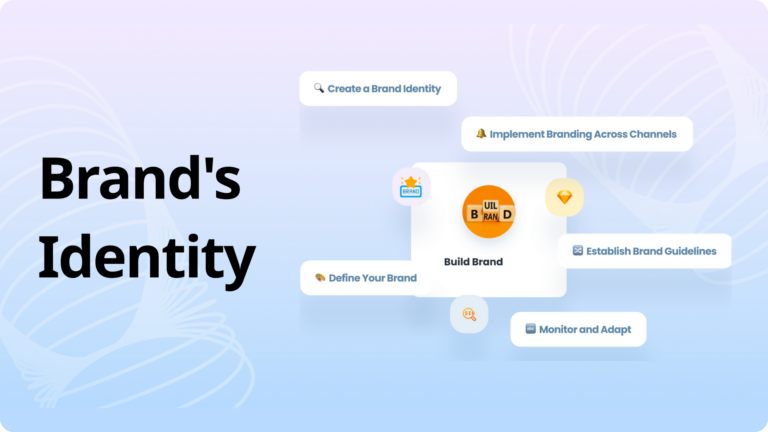Introduction
E-commerce, or online purchasing, is the trade of goods and services via the World Wide Web. It includes a broad spectrum of businesses, from independent small-town merchants to multinational conglomerates. In the quick-paced world of sophisticated business, internet shopping provides a solid foundation for modern retail.
The majority of companies with an online presence manage logistics and fulfilment, carry out e-commerce marketing and sales, and manage their online stores and/or platforms.
In the quick-paced world of sophisticated business, internet shopping provides a solid foundation for modern retail. The development of internet commerce, from its modest beginnings to its spectacular ascent, might be evidence of both technological advancement and human inventiveness.
Global retail e-commerce sales are expected to reach $5 trillion for the first time in 2022, making up more than 5% of total retail sales, predicts eMarketer. Furthermore, despite slowing growth, overall spending will surpass $7 trillion by 2025.
Check out our twice-weekly audio series, the Make it Big Podcast, where global thought leaders talk about everything ecommerce, from growth strategies and success stories to industry news and trends, for more in-depth insights on the move.
Ecommerce Business Sizes : Online Purchasing
E-commerce companies can range in size from little startups to huge conglomerates. Let’s examine the top four that you are probably going to encounter.
1. Startup

A startup is an enterprise or initiative that is just getting started, frequently created by an entrepreneur who wants to test out a novel business strategy.
It is an early-stage company or project, typically created by an entrepreneur to test a novel business strategy.
2. Modest Business

Small businesses are corporations, partnerships, or private companies that offer goods or services, generate less revenue, and employ fewer people than big, global firms.
3. Entrepreneurship

Large enterprise companies often bring in more than $1 billion annually and employ more than 1000 people. Enterprise-level businesses have accounted for 45% of ecommerce software purchases since the start of 2020.
4. In the Middle of the Market

Deliverables states that small and medium-sized organisations (SMEs), commonly referred to as “mid-market,” generally employ 101–500 people and bring in between $10 million and $1 billion annually.
Also Read : What is E-Commerce and its applications?
The Types and Development of E-Commerce
Diverse e-commerce models cater to the distinct requirements and inclinations of consumers. Business-to-business (B2B), consumer-to-consumer (C2C), and business-to-consumer (B2C) are among them. Every type of eCommerce presents different chances for companies to engage with customers and close sales.
Generally speaking, firms can be divided into seven primary e-commerce models:
- B2C
- B2B
- C2C
- C2B
- D2C
- B2A
- C2A

Let’s take a closer look at each kind of electronic trade:
Business-to-Consumer (B2C)
This presentation highlights companies that offer basic services to customers through their own eCommerce websites or online marketplaces such as Amazon and Etsy.
B2B, or business-to-business
This program encourages business-to-business transactions through the online purchasing of products and e-commerce services from other companies.
C2C, or consumer-to-consumer
Consumer-to-customer e-commerce industry is one of the oldest types of online business, where goods and services are sold directly between customers. C2C sales partnerships, like those seen on eBay or Amazon, are included in this.
Consumer-to-business (C2B)
In contrast to the conventional retail paradigm, business buyers can purchase individual consumers’ goods or services through C2B.
Direct-to-Consumer (D2C)
In contrast to the conventional retail paradigm, business buyers can purchase individual consumers’ goods or services through C2B.
Business-to-Administration (B2A)
B2A refers to the exchanges that take place between online companies and administrators. Products and services pertaining to legal documents, social security, etc. would be one example.
Consumer-to-Administration (C2A)
Like B2A, C2A involves customers selling goods or services to an administration. Online tax preparation and education consultation are examples of C2A.
A glimpse into the future of Online Purchasing
E-commerce is going to have a great future. As innovation advances, we think that the personalization, helpfulness, and immersion of online purchasing experiences will only increase. These are some significant trends that will shape e-commerce going forward:
The Evolution of M-Commerce, or Mobile Commerce:
With the increasing proliferation of smartphones and tablets, it is projected that online purchasing on portable devices will continue to increase tremendously.
Intelligent Automation (AI) and Customization:
AI-powered gadgets that provide product recommendations based on user preferences and past usage will make online shopping more tailored.
Customers will be able to try on clothing, see furniture in their homes, and interact with things more realistically thanks to improvements in virtual reality (VR) and extended reality (AR): These technologies will provide users with intuitive and immersive experiences.
Voice-Based Business:
Voice assistants such as Siri and Alexa are facilitating voice-activated internet purchasing by promoting hands-free ease for consumers.
Social Business:
eCommerce has a bright and exciting future ahead of it. The emergence of extended reality, artificial intelligence, and other cutting-edge technology is expected to propel the eCommerce industry forward. eCommerce promises to be innovative and exciting in the future, with everything from improved item suggestions to fully immersive virtual shopping experiences.
Dubai’s e-commerce service providers (ESPs) take great pride in their thriving industry, serving companies of all shapes and sizes. These ESPs provide a different range of administrative services, such as managing coordination and campaign promotion in addition to creating and managing online storefronts.
E-commerce worldwide is expanding steadily
Global internet shoppers were anticipating a number over 2.14 billion in 2021, up from 1.66 billion in 2016.
Taobao, a Chinese e-commerce platform, has a gross market value (GMV) of $711 billion, making it the largest online marketplace. In comparison, the yearly global market value of third parties was $672 billion for Tmall and $390 billion for Amazon, placing them second and third, respectively.
Benefits of Online Purchasing
E-commerce offers numerous benefits, such as quicker purchasing times and round-the-clock access to big audiences. Let’s examine in more detail some of the best benefits that e-commerce has to offer.

Faster purchasing for clients
E-commerce enables people to shop whenever and from anywhere. This implies that customers won’t be limited by the typical brick-and-mortar store’s operation hours and can obtain the things they need and want more quickly.
Reaching out to new clients is easy for businesses
Additionally, e-commerce helps businesses connect with new, international clients. An online store is accessible to any and all clients that visit it online; it is not restricted to any particular area.
Reduced operational expenses
Ecommerce businesses can open stores for relatively little money if they don’t need personnel or a physical storefront. Additionally, dropshipping company owners might reduce their initial outlay of funds.
The ability to use new technologies
You might discover that there aren’t as many innovative solutions available to you with a physical store alone. With so many apps and integrations at your disposal, you can enhance processes, carry out your marketing plan more effectively, and enhance the whole shopping experience.
The drawbacks of Online Purchasing
Even though contemporary e-commerce is becoming more adaptable, it still has drawbacks of its own.These are a few drawbacks of retail e-commerce:
Few interactions with clients.
It may be more difficult to comprehend the demands, wants, and worries of your online shoppers when you aren’t in person.While there are still ways to obtain this information (such as surveys and customer support conversations), doing so could require a little more work than regularly speaking with customers face-to-face.
Failed technologies might affect a company’s ability to market.
Your capacity to generate revenue may be impacted if your e-commerce website is unresponsive, malfunctioning, or inaccessible to consumers. Website malfunctions and technological breakdowns can harm your business’s reputation and revenue stream.
Not being able to try on or test
The e-commerce experience can be restrictive for shoppers who prefer to handle a product before adding it to their shopping basket, particularly when it comes to tangible commodities like apparel, shoes, and cosmetics.
The Future of Ecommerce
With regard to the future, internet shopping seems to have a very bright future. The retail landscape is anticipated to become increasingly dominated by online purchasing as technology advances and consumer behaviours change.
Digital buyers should anticipate being able to easily study, explore, shop, and make purchases across multiple devices and on several commerce platforms, especially with the growth of immersive shopping experiences.
The following are some other e-commerce trends to keep an eye out for:
- solid client journeys and customization.
- Shops with artificial intelligence capabilities.
- social buying.
- mobile business
- Digital currencies include bitcoin and mobile wallets.
Personalization: Online retailers are using personalization strategies to improve their consumers’ purchasing experiences because of the abundance of data at their disposal.
Convenience: Online merchants constantly work to make the buying experience even more convenient for customers, as convenience is a major factor in the success of their business.
Social Commerce: Social networking has become a potent online buying tool. Retailers are making the most of social media platforms to engage with consumers, increase brand recognition, and boost sales.
Mobile Commerce: The expansion of mobile devices, such as smartphones, has been a major driver of mobile commerce. Retailers must adapt their websites and applications for mobile displays because more consumers are purchasing online these days utilising their mobile devices.







